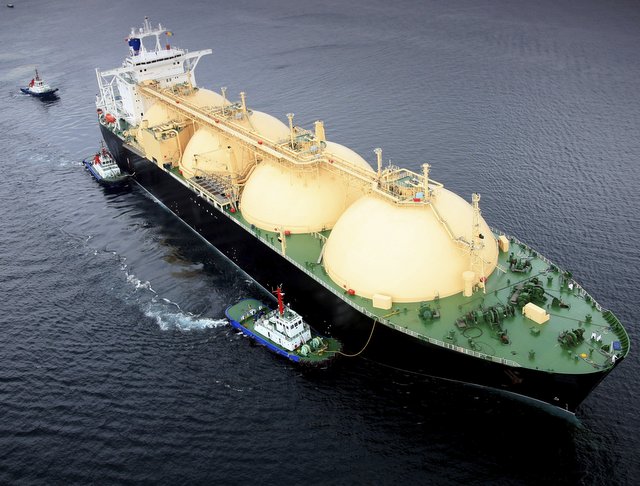Gas Projects in the Arctic
 LNG tanker is used to transport liquified natural gas (Photo: GettyImages)
LNG tanker is used to transport liquified natural gas (Photo: GettyImages)
The circumpolar North holds large quantities of natural gas, both discovered resources and estimated ones. Northern Russia has the largest known reserves of natural gas in the Arctic, but it can also be found in other regions such as Norway, Canada and Alaska.
Natural gas develops in geological terms under similar processes as petroleum. It is composed mainly of methane and to a lesser degree of ethane, propane, and butane.
Usually there is 60%–80% methane, but the exact composition varies. Before natural gas is ready for use as commercial fuel it must be treated to remove carbon dioxide, sulphur compounds and various other chemicals.
Natural gas has advantages over coal and petroleum because it burns cleaner and leaves only small residue. It also provides a higher heat output than any other fossil fuels.
Natural gas emits less carbon dioxide per unit of energy and generally there are no sulphur oxides, meaning it is more environmentally friendly than oil.
Natural gas is often used for grid peaking power plants and some off-grid engine-generators. This can be highly efficient when combining gas turbines with a steam turbine in so-called "combined cycle" mode.
This power generation by combined cycle mode using natural gas is the cleanest way of generating power using hydrocarbon fuels, and this technology is accordingly widely used wherever gas can be obtained at a reasonable cost.
Sources: Naturalgas.org UArctic Global Greenhouse Warming UArctic








